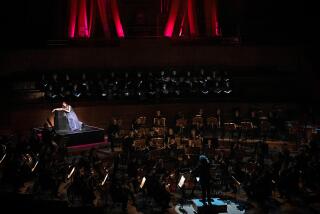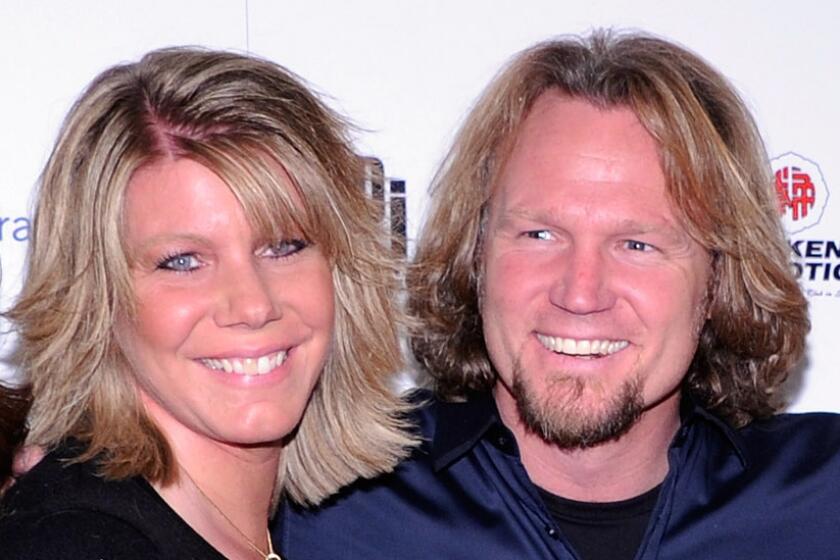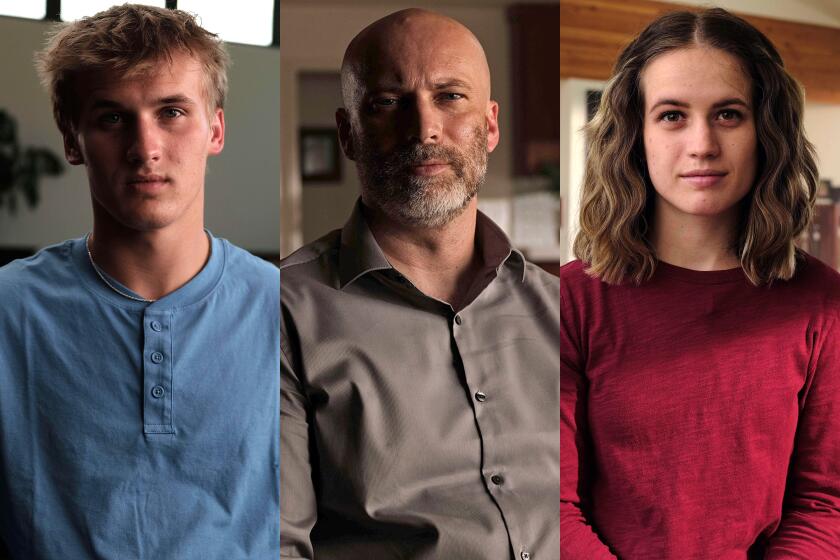Lionheart Succeeds in Re-Creating Past
- Share via
The popularity of early sacred music can be partially explained by its decided otherness--a listener steps back in time when hearing it.
Such was the case when the Manhattan-based a cappella group Lionheart made its local debut Sunday with a reconstruction of a memorial service for Philip the Fair, King of Castile, held in 1507. This Da Camera Society concert in St. James Episcopal Church certainly made Wilshire Boulevard, right outside the door, seem eons away.
The music was an educated guess at what was heard at Philip’s requiem Mass. Using Josquin’s Missa “L’Homme Arme” as a basis, the re-creation filled out the service with other pieces by Josquin and by La Rue, and with plainsong. Even prayers and Gospel readings were incanted, in the appropriate inflected monotone style.
The result showed the tapestry of music that made up a Mass of that time and the contrasts startled. Bare-bones readings, one note per syllable, gave way to rich, weaving polyphony, a single vowel stretched weblike through others. Austere Gregorian chant bloomed into organum, a kind of open and parallel harmonization that gives height to what had been linear. There were extraordinary highlights: the relentless phrases of the Dies Irae; the mensuration canon in Josquin’s Agnus Dei, three voices singing the exact same thing, at three different speeds.
The six male voices of Lionheart executed all with serene grace, countertenor Lawrence Lipnik’s occasional huskiness notwithstanding. When bass Kurt-Owen Richards popped a low note, the other voices glistened above it like a jewel set in gold. With music like this, we might all be in church on Sundays.
More to Read
The biggest entertainment stories
Get our big stories about Hollywood, film, television, music, arts, culture and more right in your inbox as soon as they publish.
You may occasionally receive promotional content from the Los Angeles Times.










